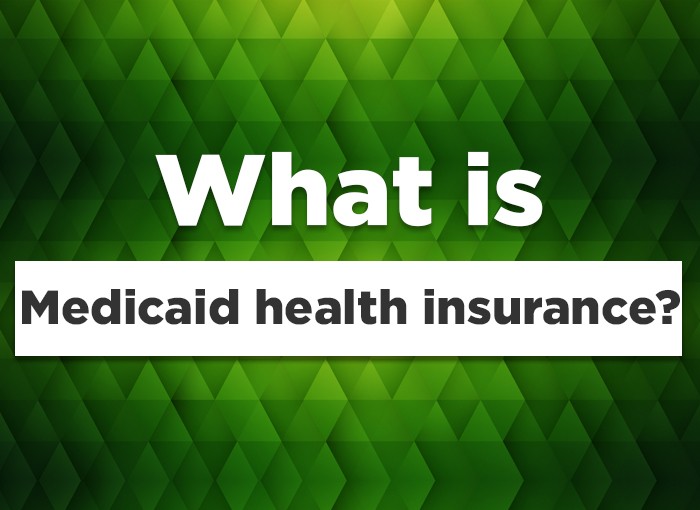What is Medicaid Health Insurance? Is There a Co-Pay on Medicaid?
Medicaid, enacted by the Affordable Care Act, is a medical insurance program funded by US states and the US federal government. The program facilitates medical coverage for over 70 million Americans, including low income group people, pregnant women, senior citizens, disabled citizens, and children. It is one of the most efficient insurance coverage programs that provide medical insurance aid to people at a lower cost than commercial insurance coverage.
What are Medicaid’s eligibility criteria?
Different US states have different eligibility criteria. The patient can check these state specific criteria on the below website: https://www.healthcare.gov/lower-costs/
Some generalized eligibility criteria of the Medicaid are listed below:
- The adult applying must be a US citizen or have an immigrant residency status of 5 years or more.
- The adult must have a Social Security Number.
- The adult must fulfill one of the below standards to enroll in the Medicaid Program:
- The adult should have income below 138 percent (can differ state-wise) percentage of the federal poverty level.
- The adult should have a permanent disability.
- The adult should be the age of 65 or above.
- The adult should be a pregnant woman.
- The adult should have a medical need and require long-term medical care.
- The person should be a child (under the age of 21), a parent, or a guardian.
Some documents that will be required for Medicaid Application are:
- Age
- Citizenship or alien status
- Income
- Assets and other resources
- Disability
- Residence or homeownership
- Insurance (If Any) a
What are the benefits provided by Medicaid?
The benefits covered by Medicaid are bifurcated into two categories: Mandatory Benefits and Optional Benefits. While every state is bound to provide the mandatory benefits, the facilitation of optional benefits relies completely on the state.
Below are some mandatory & optional benefits:
Mandatory:
- Inpatient & Outpatient hospital services
- Early and Periodic Screening, Diagnostic, and Treatment Services (EPSDT)
- Nursing Facility Services
- Home health services
- Physician services
- Rural health clinic services
- Federally qualified health center services
- Laboratory and X-ray services
- Family planning services
- Nurse Midwife services
- Certified Pediatric and Family Nurse Practitioner services
- Freestanding Birth Center services (when licensed or otherwise recognized by the state). Transportation to medical care
- Tobacco cessation counseling for pregnant women
Optional:
- Prescription Drugs
- Clinic services
- Physical & Occupational therapy
- Speech, hearing and language disorder services
- Respiratory care services
- Other diagnostic, screening, preventive and rehabilitative services
- Podiatry, Optometry, Chiropractic, Dental, and other practitioner services
- Prosthetics & Eyeglasses
- Private duty nursing services
- Personal Care
- Hospice
- Case management
- Services for senior citizens (65 & above) in an Institution for Mental Disease (IMD)
- Services in an intermediate care facility for Individuals with Intellectual Disability
- State Plan Home and Community Based Services- 1915(i)
- Self-Directed Personal Assistance Services- 1915(j)
- Community First Choice Option- 1915(k)
- TB Related Services
- Inpatient psychiatric services for individuals under age 21
- Other services approved by the Secretary*
- Health Homes for Enrollees with Chronic Conditions – Section 1945
Medicaid & Cost Sharing!
States have the authority to establish insurance premiums and cost-sharing (copayments, coinsurance, deductibles) requirements. Even though these cost sharing charges are limited, states can establish higher charges for high-income class groups. However, people like pregnant women, children, terminally ill, and disabled people in low-income class groups are exempted from these requirements. There are also certain services, such as emergency services, family planning services, pregnancy-related services, or preventive services for children, for which states cannot charge any copayments or coinsurance.
Similarly, higher copayment is imposed on the usage of emergency services in non-emergency medical cases. Medical Practitioners are held responsible to share any copayment requirement of the provided services prior to the treatment.
In case the enrolled person cannot meet the copayment requirement, the medical service provider has the authority to refuse the services. However, the medical practitioner cannot refuse to provide service to the patient with income at or below 100% FPL.
Some services that can have copayment are listed below:
- Institutional Care (inpatient hospital care, rehab care, etc.)
- Non-Institutional Care (physician visits, physical therapy, etc.)
- Non-emergency use of the ER
- Preferred drugs & Non-preferred drugs
- Chiropractic Visit
- Dental Visit
- Hearing Aid
- Podiatric Visit
- Vision Visit
- Urgent Care Center Visit




